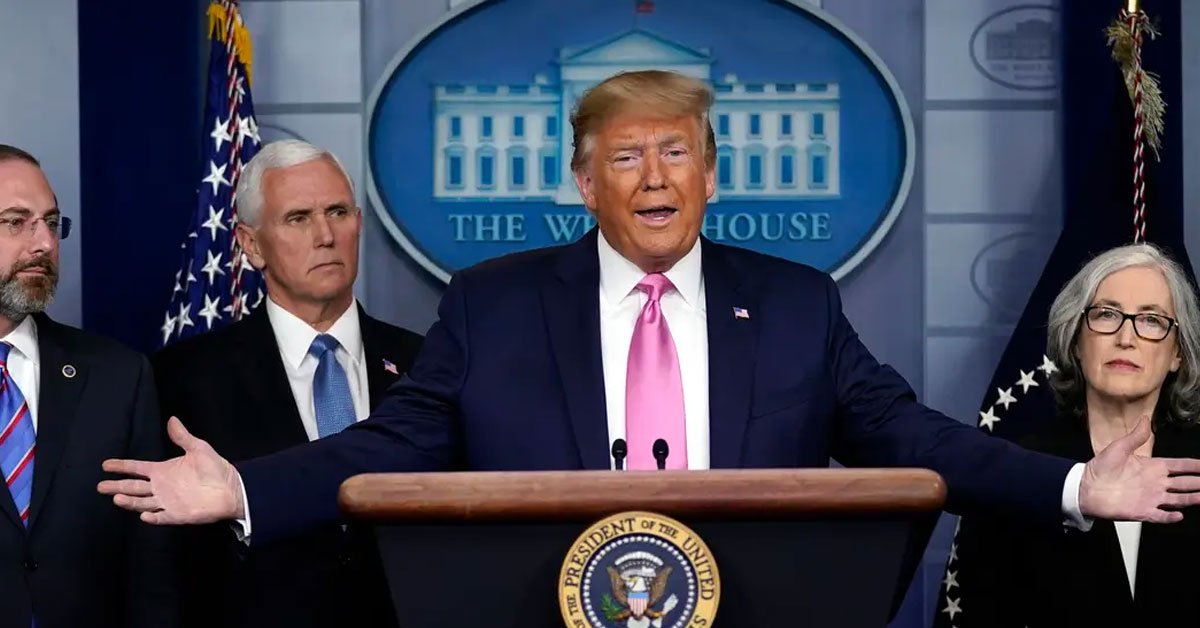Unlike Trump, the COVID-19 coronavirus does not discriminate.
It has spread all over the world, infecting people of different nationalities and races. The disease is now in 61 countries, and while Singaporeans can rest easy knowing that there have been no COVID-19 fatalities in our country, not everyone is as lucky.
The US Reports 1st COVID-19 Death
The United States has confirmed its first COVID-19 fatality, after a Washington state man in his 50s with underlying health issues died from the disease.
According to CNA, the patient was chronically ill before he contracted COVID-19. He died at EvergreenHealth Hospital in Kirkland, near Seattle, but officials are unsure how he was exposed to the virus, said Jeffrey Duchin, head of the Washington health department’s communicable disease unit.
As you can imagine, when there is a death due to a deadly virus, people are bound to panic. And panic means wiping supermarkets clean so they can stay at home for long periods of time if they need to.
That’s why the President hastily called a press conference to address the public’s fears.
“No reason to panic”
Speaking to reporters at the White House, President Donald Trump said that there’s “no reason to panic”.
“We’ve taken the most aggressive actions to confront the coronavirus,” he said.
“Our country is prepared for any circumstance. (…) There is no reason to panic at all.”
The US confirmed its first case on 21 January 2020, and much like Singapore, the number has continued to rise since then. You may be surprised to know that the total number of cases in the US now is actually 70. 22 were detected by the US public health system, and the other 48 are patients who were repatriated from abroad.
And officials predict that this number will continue to increase.
“We will see more cases,” Health Secretary Alex Azar said in the press conference.
This is because while most of the US cases have occurred in travellers who were repatriated from China, patients have also contracted the virus in California, Washington, and Oregon with no direct ties to the virus’ source in China.
As CNA reports, this means that the virus is no longer an “imported phenomenon”.
In spite of this, Nancy Messonier, head of the Immunization and Respiratory Disease division at the Centers for Disease Control (CDC) said that the general risk to the American public is still “low”, even to residents of long-term care facilities.
Travel Ban
On 31 January 2020, the US started to deny entry for travellers who had been to China in the last two weeks. Now, the president and other officials announced a more complete ban on travel from Iran, a country which has seen a rapid spread of the disease.
They also encouraged Americans to avoid countries like Italy and South Korea, where COVID-19 is rampant.
Spread All Over the World
As I previously mentioned, the novel coronavirus has now hit 61 countries, with some more affected than others.
Qatar and Ecuador both confirmed their first cases on Saturday.
On Saturday (29 Feb), France cancelled all gatherings of 5,000 people or more in a bid to contain the outbreak. These restrictions came after 16 new cases were confirmed on Saturday, bringing the country’s total to 73.
Italy also reported a rise in new cases, with over 1,000 infections 29 deaths.
And I’m pretty sure you’d know by now that the country most affected by the disease aside from China is South Korea, who reported 813 more cases on Saturday, bringing its total to a whopping 3,150.
Just yesterday, Singapore reported four more cases, bringing the total to 102. But thankfully, no deaths have been reported in our country and 72 of our patients have fully recovered and been discharged.
There’s not much good news floating around at this time, so we’ll have to take what we can get.



